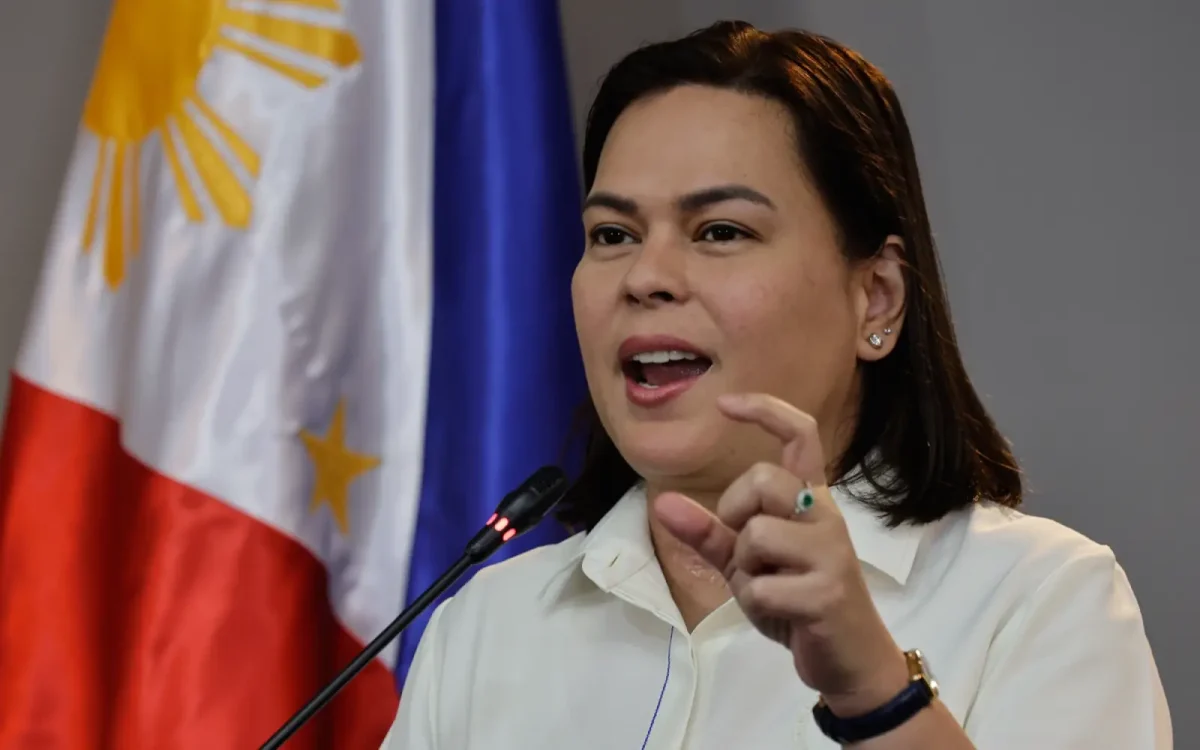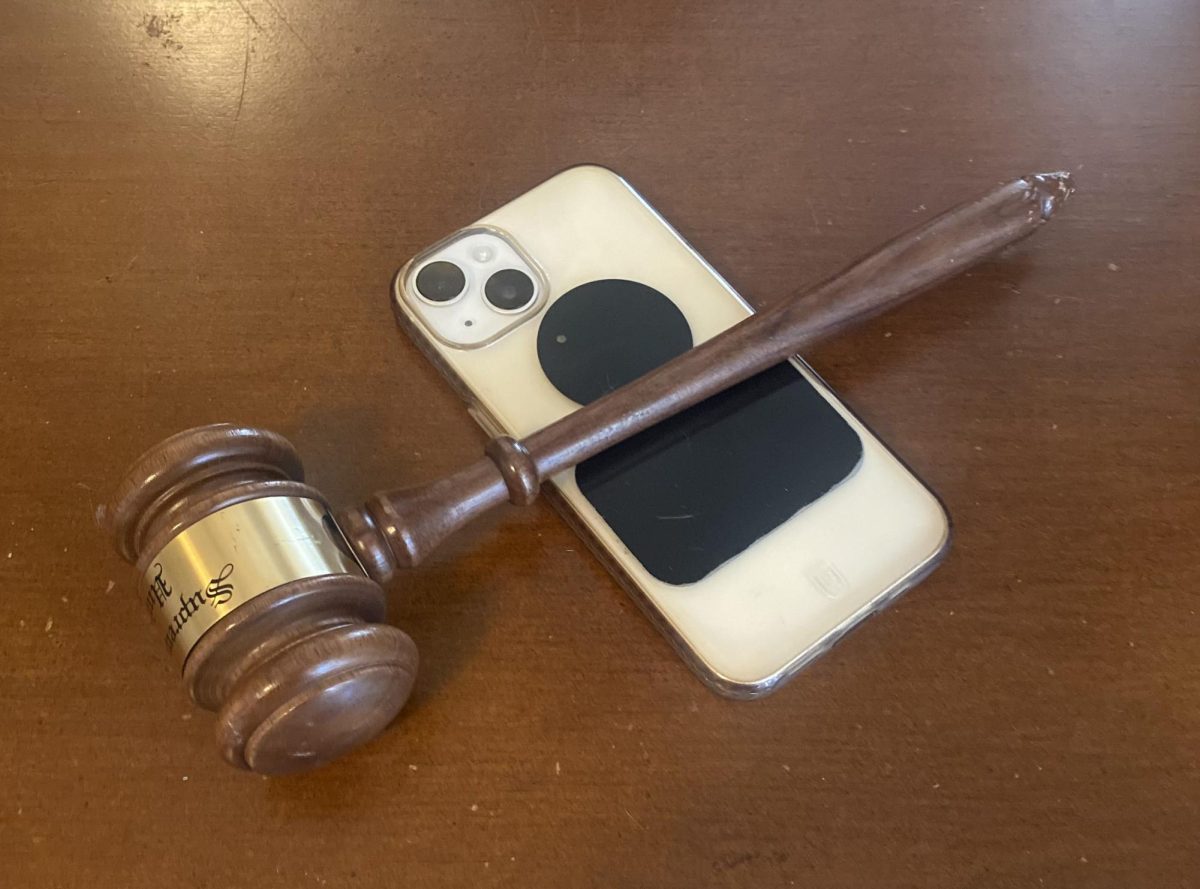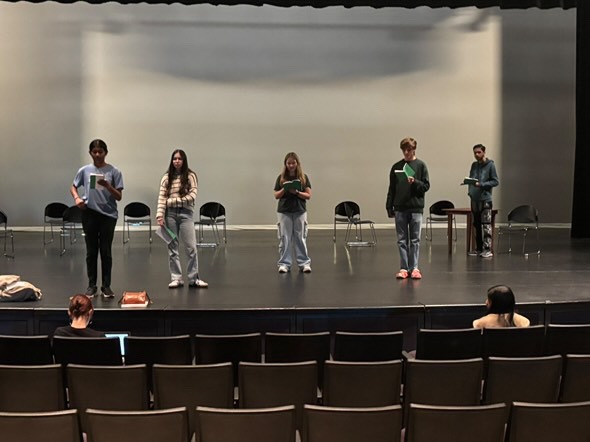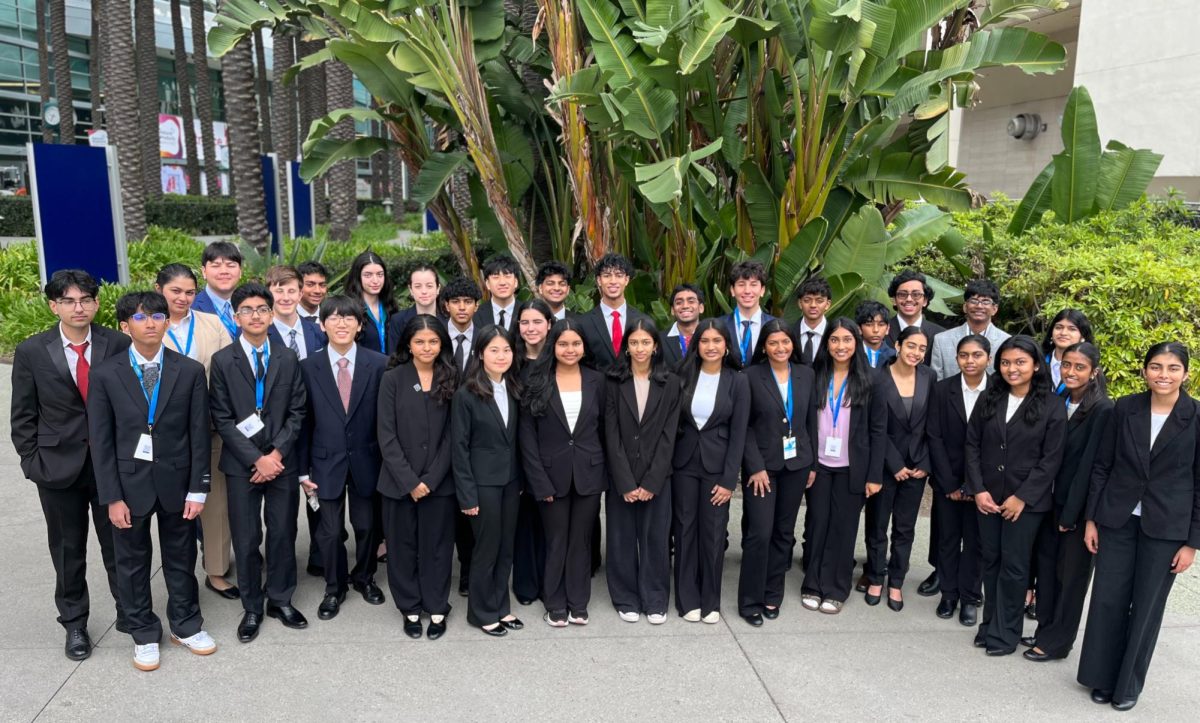The current generation of high schoolers marks one of the first to experience higher education alongside the growth and development of mobile technology. At first, its appeal seemed obvious — students could quickly contact their family and friends, staying in touch with them even while far away. Unfortunately, as addictive apps and unregulated media influence became prominent, the positives of cellular devices declined as the negative effects increased immensely.
To address the growing problem of unmitigated phone use in school grounds, California Governor Gavin Newsom signed Assembly Bill 3216, the Phone-Free School Act, requiring every school district, charter school, and county office of education to implement a policy prohibiting the use of smartphones on school grounds by July 1, 2026. According to Governor Gavin Newsom’s website, the bill was authorized by, “Assemblymembers Josh Hoover, David Alvarez, Josh Lowenthal, and Al Muratsuchi…stating that the bipartisan legislation will support the mental health, academic success, and social wellbeing of California’s students.”
Although the terms of the bill are specific in mandating phone restrictions, they do feature a few notable exceptions. Students are allowed to use their phones if there’s an emergency and permitted by school staff, if they need the phone for medical reasons, and if it is required for students participating in the special-education program.
Many individual districts and government representatives believe that this new change could significantly improve student academic performance, decrease cheating, and alleviate some of the effects of cyberbullying. The results of the new policy are extensive– students will be expected to hand over their phones to school administration, who will keep them concealed in pouches until the end of the school day.
Interestingly, school districts have differed significantly in their interpretations. Lincoln Unified School District in Stockton, California decided to trial their structure starting in the 2024-2025 academic school year by eliminating phone usage for the entire day, while allowing high school students to access them only during their lunch period. According to CBS News, the district claims that the “new policy will apply to other smart technology such as Apple Watches,” further restricting the technology that students will have access to. District staff members have also specified that if students are caught disobeying the rules by accessing their phones without permission, they might not be able to access their phones during lunch as initially promised. On the other hand, Santa Barbara Unified School District has banned the use of cellphones during the entire school day, regardless of whether students are on break or not.
Parents and students have actively opposed the proposed versions of the rule. A commonly discussed topic is the safety implications of not having a device to contact one’s parents or guardians– Lincoln Unified parent Tamiya Burris vehemently argued that “she doesn’t agree with [the new policy]…with everything that’s going on in the world, [she] would like to be accessible to [her] child.” Aside from safety concerns, students have brought up their beliefs that banning cellphones will not address the issue of cyberbullying that many schools cite when they first initiated the new policy.
As schools continue to trial the new phone policy, it’s important to consider how this might impact students at Wilcox. Although Santa Clara Unified School District is not planning on applying phone policy to the 2024-2025 school year, district teacher representatives have pitched creating a “Task Force” consisting of teachers, students, and other administrators to determine the potential structure for the new policy. As previously mentioned , many of the specific caveats within the policy mandates are left open for interpretation, and Wilcox admin is looking to gather more information before they start making finalized decisions.
To many people, the implementation of California’s new phone bill represents much more than attempting to improve students’ academic performance. Taking away something that’s so private and personal to students will likely become a heavily debated topic in the next few years. As technology continues to grow and develop, it’s difficult to determine whether the new phone policy will mark the end of school policy modifications.













